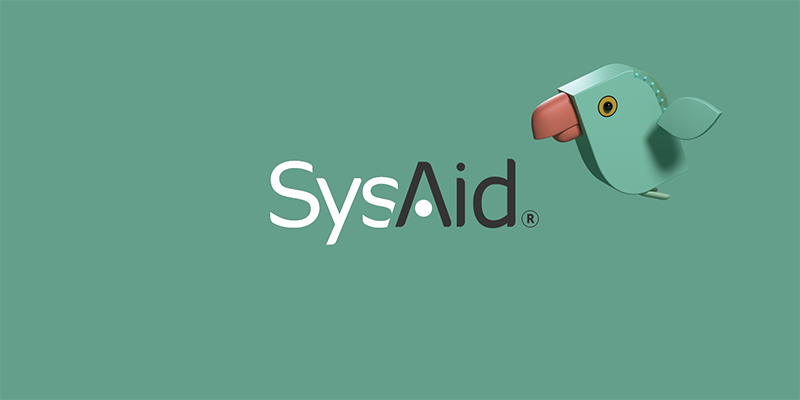How Can Microsoft Win the Enterprise Customers Back in Windows 8.1?

SysAid recently released some amazing stats that show that the adoption rate of Windows 8 in the enterprise market is very low compared to the adoption rate of Windows 8 in the consumer market. (The same applies to past versions of Windows.) Having a Windows version that an enterprise would be interested in adopting is not only in Microsoft’s best interest, but also the enterprise’s. Company IT departments are so invested in the Microsoft environment, so a lack of progress for a long period of time can also mean a lack of progress in productivity.
Here are my 5 pieces of advice on how Microsoft can do better and offer a better solution for enterprises in future versions:
Problem 1 – UI changes in Windows 8 were too dramatic
I like changes in user interface (UI). Every product should be improved over time to offer a better user experience (UX), to give an answer to new technologies (e.g. touch devices) and update the design. However, when you have too many changes in one version, it confuses the users. Enterprise users are even more conservative about such changes. The solution for that problem is simply allowing the enterprise customers to keep some of the old Windows 7 UI elements (e.g. bringing back the start button). As a result, that will help people become more familiar with the new UI and also aid in dealing with resistance.
Problem 2 – Windows 8 was designed for tablets and not PCs
Microsoft declared that Windows 8 was designed for both tablets and PCs. If that's the case, they have made some wrong decisions with the design. Some aspects of the Windows 8 UI can work well in tablets but not in PCs. For example, the full screen apps are good for the small screen but why do I need the Skype app to use my entire 22" monitor? I would like to open Skype in one window and see the person I'm talking to and at the same time, read the document we are talking about. Microsoft should learn from Android makers who understand that creating an OS version that fits two types of devices takes some time. They declared Android 3 as a version only for tablets and had more time to design Android 4 that fits both tablets and smartphones. Microsoft should declare Windows 8 as a tablet version and work on a new version that works better with both tablets and PCs.
Problem 3 – Lack of ROI
Migrating from one OS to another is really a heavy investment for businesses. For such large investments, IT needs to show a return on investment. However, Windows 8 does not offer any new feature that can save money, make the business more productive, or even solve any problem. In order to win back the enterprise market, Microsoft needs to come up with a set of new features that have substantial benefits for the enterprise. One solution is to offer better management tools that reduce the IT management cost and the IT admin headaches.
Problem 4 – Windows 8 is also not attractive to the consumers
With the consumerization of enterprises (aka BYOD) , IT usually selects the devices that their end users love. Microsoft invested a lot of effort to create an OS that can compete with the iPad in the consumer market, however people don’t really like it. iPad has so much to offer consumers, it carries a huge variety of apps and provides a better ease of use. If Microsoft wants to see people bringing Windows tablets to work, they first need to make it attractive for them to use at home.
Problem 5 – Lack of marketing initiatives
Yes, I know Microsoft has spent billions on marketing Windows 8. However, they spent all that money on the consumers. They forgot the enterprise. And now IT workers lack the information needed about the version. I heard from a friend that he wanted to buy a Windows 8 Pro tablet so he could also use it for work. But in the end, he decided not to buy it after his IT guy said that Windows Pro tablets couldn’t connect to the corporate network. This is obviously not true. The IT guy just did not know the correct information. This is the responsibility of marketing to make sure the IT people know all the right details about the system.
I do not know if Microsoft can fix all of the above problems in one minor version (8.1) but at least they should start with an improvement process, show us that they are still thinking about the enterprise, and last but not least—not take us for granted.
Please share your thoughts in the comments or on Twitter, Google+, or Facebook where we are always listening.
Did you find this interesting?Share it with others:
Did you find this interesting? Share it with others:








